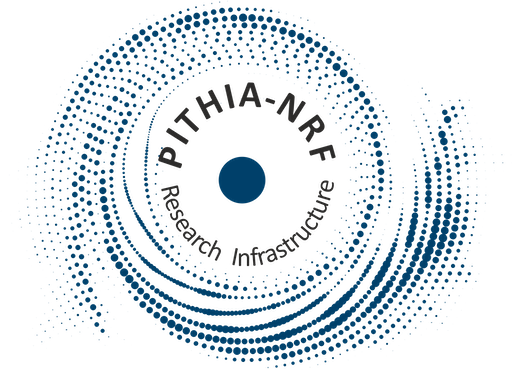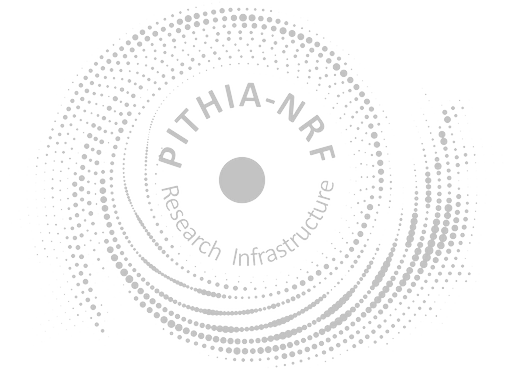<?xml version="1.0" encoding="UTF-8"?>
<DataCollection xmlns="https://metadata.pithia.eu/schemas/2.2" xmlns:gmd="http://www.isotc211.org/2005/gmd" xmlns:om="http://www.opengis.net/om/2.0" xmlns:xlink="http://www.w3.org/1999/xlink" xmlns:xsi="http://www.w3.org/2001/XMLSchema-instance" xsi:schemaLocation="https://metadata.pithia.eu/schemas/2.2 https://metadata.pithia.eu/schemas/2.2/pithia.xsd">
<om:phenomenonTime/>
<om:resultTime/>
<om:procedure xlink:href="https://metadata.pithia.eu/resources/2.2/process/noa/CompositeProcess_T-FORS_MSTID_Climatology"/>
<om:observedProperty/>
<om:featureOfInterest>
<FeatureOfInterest>
<namedRegion xlink:href="https://metadata.pithia.eu/ontology/2.2/featureOfInterest/Earth"/>
<namedRegion xlink:href="https://metadata.pithia.eu/ontology/2.2/featureOfInterest/Earth_Ionosphere"/>
</FeatureOfInterest>
</om:featureOfInterest>
<om:result/>
<identifier>
<PITHIA_Identifier>
<localID>DataCollection_T-FORS_LSTID_Forecasting_TFT</localID>
<namespace>noa</namespace>
<version>1</version>
<creationDate>2024-12-22T17:39:00Z</creationDate>
<lastModificationDate>2025-03-19T17:17:00Z</lastModificationDate>
</PITHIA_Identifier>
</identifier>
<name>T-FORS LSTID Forecasting with TFT</name>
<description>This is a Large Scale Travelling Ionospheric Disturbances (LSTIDs) forecasting model for each Digisonde station, i.e., Sopron (SO148), Juliusruh (JR055), Dourbes (DB049), Ebro (EB040), trained over different time periods. The code utilizes a Temporal Fusion Transformer (TFT) to predict LSTIDs. The model incorporates features such as the auroral electrojet indices IL and IU provided by the FMI IMAGE network and the Gradient GNSS TEC Activity Index provided by DLR. The labels are the Spectral Energy Contribution (Spcont) for detected LSTIDs over Digisonde stations (in this case data from the Juliusruh Digisonde are used) calculated with the HF Interferometry method.</description>
<type xlink:href="https://metadata.pithia.eu/ontology/2.2/computationType/Model"/>
<project xlink:href="https://metadata.pithia.eu/resources/2.2/project/noa/Project_Travelling_Ionospheric_Disturbances_Forecasting_System"/>
<relatedParty>
<ResponsiblePartyInfo>
<role xlink:href="https://metadata.pithia.eu/ontology/2.2/relatedPartyRole/Coordinator"/>
<party xlink:href="https://metadata.pithia.eu/resources/2.2/organisation/pithia/Organisation_NOA"/>
</ResponsiblePartyInfo>
</relatedParty>
<relatedParty>
<ResponsiblePartyInfo>
<role xlink:href="https://metadata.pithia.eu/ontology/2.2/relatedPartyRole/PointOfContact"/>
<party xlink:href="https://metadata.pithia.eu/resources/2.2/individual/noa/Individual_NOA_Belehaki"/>
</ResponsiblePartyInfo>
</relatedParty>
<relatedParty>
<ResponsiblePartyInfo>
<role xlink:href="https://metadata.pithia.eu/ontology/2.2/relatedPartyRole/DataProvider"/>
<party xlink:href="https://metadata.pithia.eu/resources/2.2/organisation/pithia/Organisation_NOA"/>
</ResponsiblePartyInfo>
</relatedParty>
<collectionResults>
<source>
<OnlineResource>
<serviceFunction xlink:href="https://metadata.pithia.eu/ontology/2.2/serviceFunction/Documentation"/>
<linkage>
<gmd:URL>https://t-fors.eu/activities-results/repository</gmd:URL>
</linkage>
<name>T-FORS Repository: HFI-SEC based LSTID forecasting model over Digisonde locations</name>
<protocol>https</protocol>
<description>Short-Term High-Accuracy (ST-HA) model, aimed at forecasting the LSTID occurrence with a horizon of a few hours (1 to 3 hours). The approach followed the auroral electrojet indices IL and IU provided by the FMI IMAGE network, the Gradient GNSS TEC Activity Index provided by DLR and the archived estimates of the Spectral Energy Contribution (SEC) calculated with the HF-INF method based of the analysis of MUF characteristics over Digisonde stations at European middle latitudes. A Temporal Fusion Transformer classifier is then trained to forecast the SEC of detected LSTIDs over Digisonde stations. </description>
<dataFormat xlink:href="https://metadata.pithia.eu/ontology/2.2/resultDataFormat/text-plain"/>
</OnlineResource>
</source>
<source>
<OnlineResource>
<serviceFunction xlink:href="https://metadata.pithia.eu/ontology/2.2/serviceFunction/ApplicationDownload"/>
<serviceFunction xlink:href="https://metadata.pithia.eu/ontology/2.2/serviceFunction/Documentation"/>
<linkage>
<gmd:URL>https://github.com/themelis/LSTIDs_forecasting</gmd:URL>
</linkage>
<name>LSTID forecasting: LSTIDs Forecasting with the Temporal Fusion Transformer</name>
<protocol>https</protocol>
<description>The main objective of the modelling is to forecast the occurrence and propagation characteristics of LSTIDs.
We concentrated on the Short-Term High-Accuracy (ST-HA) models, aimed at forecasting the LSTID occurrence with a horizon of a few hours (1 to 3 hours). This approach casts the forecasting task as a binary classification problem using multivariate time series data. The input data consists of:
(a) Auroral electrojet indicators (IL and IU) from the Scandinavian longitudes (provided by the FMI IMAGE network).
(b) Gradient GNSS TEC Activity Index (provided by DLR).
(c) Spectral Energy Contribution (SEC) values derived with the HF Interferometry method at mid-latitude Digisonde locations (the HFI calculations are provided by the Ebro Observatory).
The output is a binary classification indicating whether a Large-Scale Travelling Ionospheric Disturbance (LSTID) event will occur within the next two hours. An event is considered to have occurred if any forecasted SEC value exceeds a predetermined threshold.</description>
<dataFormat xlink:href="https://metadata.pithia.eu/ontology/2.2/resultDataFormat/application-json"/>
</OnlineResource>
</source>
</collectionResults>
<dataLevel xlink:href="https://metadata.pithia.eu/ontology/2.2/dataLevel/L4"/>
<qualityAssessment>
<dataQualityFlag xlink:href="https://metadata.pithia.eu/ontology/2.2/dataQualityFlag/DQ2"/>
</qualityAssessment>
<permission xlink:href="https://metadata.pithia.eu/ontology/2.2/licence/CCBYNCSA"/>
</DataCollection>

